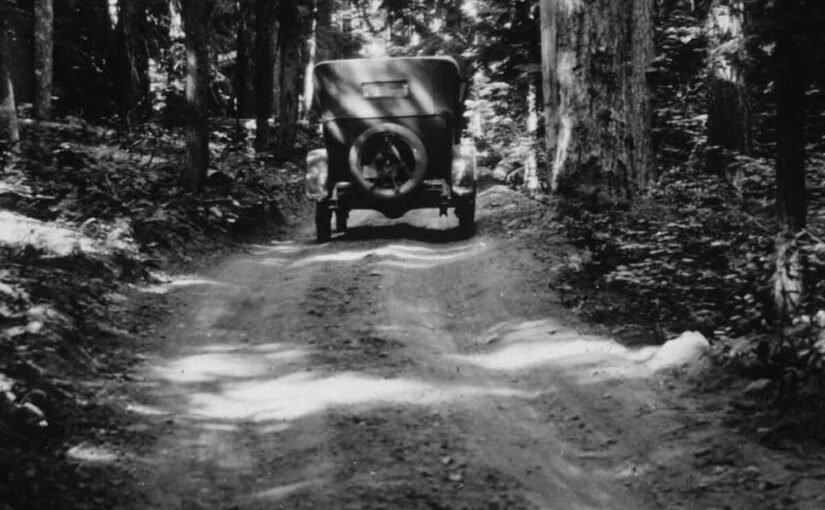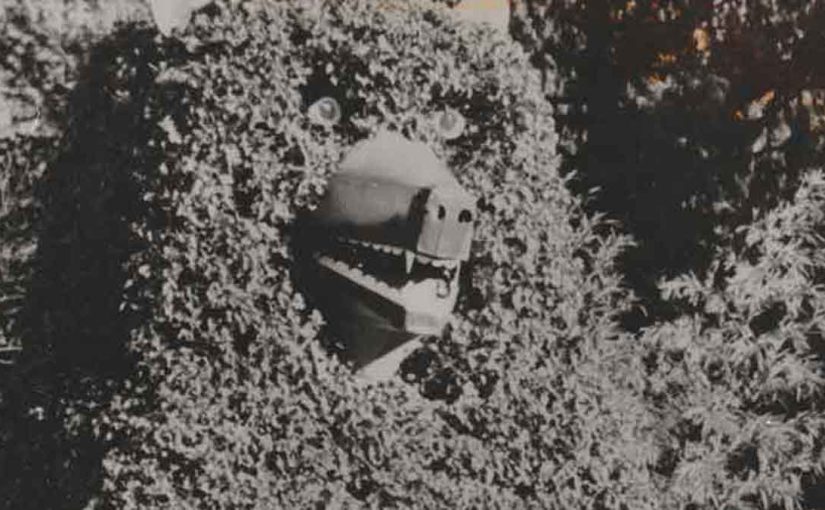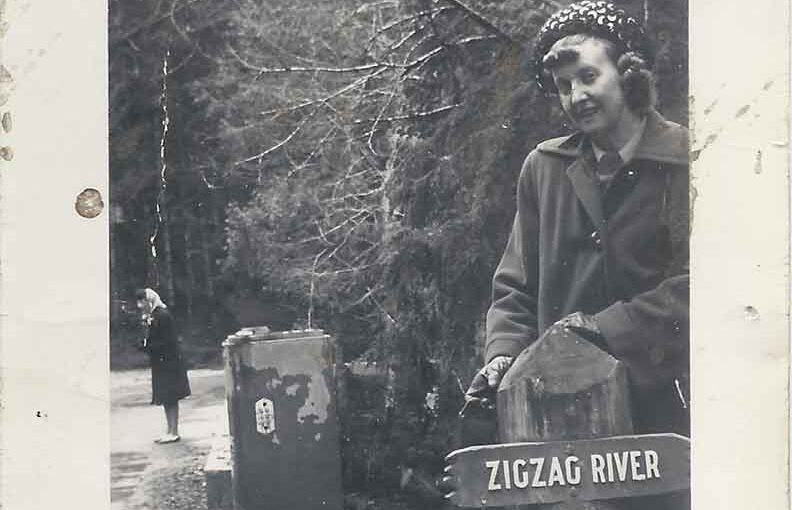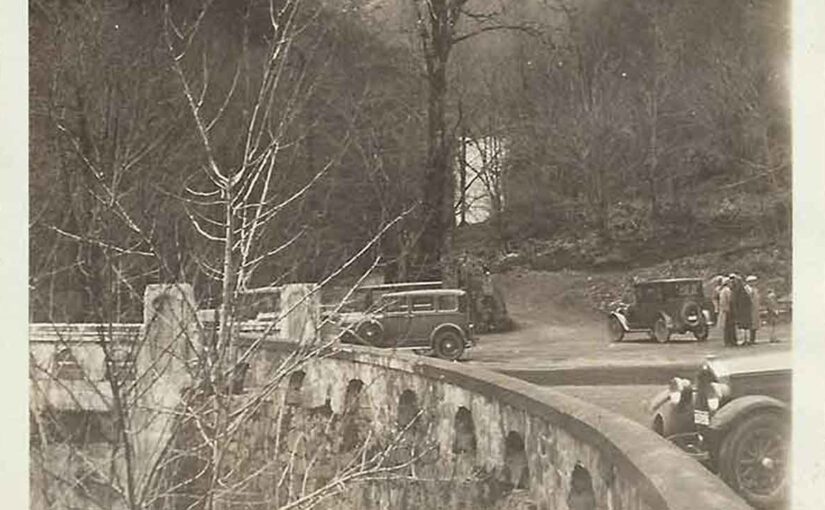The Historic Paths of Barlow Trail Road and Lolo Pass Road
Have you ever driven along Barlow Trail Road or Lolo Pass Road and wondered about their origins? These quiet, winding roads are more than just modern routes—they are living pieces of history.
Long before cars or bicycles rolled over them, these paths were game trails and footpaths used by the region’s first inhabitants. Later, Oregon Trail pioneers relied on them as lifelines to complete their westward journey. Over time, they evolved into crucial connections for local residents and the modern communities we know today.
From Wagon Wheels to Hackett Road
In the mid-1800s, the original Barlow Trail served as a rough but vital route for settlers completing the Oregon Trail. As pioneers descended from Mount Hood, they followed the north side of the Zigzag River until they reached the Sandy River. At the big bend of the Sandy, they crossed over a log bridge built by settlers.
Later, the trail shifted to the south side of the Sandy River, leaving behind remnants of the earlier path. As a result, settlers repurposed parts of the old trail into local roads, including Hackett Road. This road, named after early settlers in the area, still carries their legacy in the name of nearby Hackett Creek.
The McIntyre Bridge: A Critical Connection
By 1910, settlers struggled to access the road on the north side of the Sandy River. Early bridges were unstable and often washed away, making travel difficult. That year, J.T. McIntyre, an early settler in Brightwood, took action. He built a sturdy bridge over the Sandy River, providing reliable access to the road on the north side.
This new bridge transformed travel in the area. Residents could now cross the river safely, and it became a key link for the growing community. Without McIntyre’s efforts, settlers on the north side would have remained isolated from the developing Mount Hood automobile road nearby. Consequently, his work played a crucial role in connecting these remote settlements.
The Road to The Truman Farm
Around the same time, Ezra and Eliza Truman homesteaded on the north side of the Sandy River, near Zigzag Ridge. Ezra, a mountain guide and farmer, relied on the newly connected road to reach his homestead. He used it to deliver milk and produce to his neighbors.
Over time, this route became known as Truman Road, named after the family who lived at its farthest end. Even after Ezra’s death in 1917, the road remained essential. It provided access to settler homes, cabins, and lodges, supporting the early tourism industry that grew alongside the increase in automobile travel to Mount Hood. Because of this, the area became a gateway for visitors exploring the region.
DeVeny Road: A Valuable Connection
In the early 1900s, Dr. William DeVeny, a Zigzag cabin owner and civic leader from Montavilla (now part of Portland), saw the need for better road access. With support from the Mount Hood Improvement Association and local government funding, he led the construction of DeVeny Road.
The new road linked the Mount Hood automobile road on the south side of the Sandy River to the east end of Truman Road on the north side. By 1913, the project was complete. Bridges were built over Bear Creek, the Zigzag River, and the Sandy River, creating a vital route for settlers, forest rangers, and early visitors to the Mount Hood wilderness. As a result, travel between the two sides of the Sandy River became much easier, further opening the area to development.
A Modern Legacy
As time passed, these roads continued to serve local communities while adapting to modern needs. In 1979, the Clackamas County Historical Society honored the pioneers by renaming Truman Road to Barlow Trail Road. This change recognized the historical importance of the original Barlow Trail.
Meanwhile, DeVeny Road became part of Lolo Pass Road, and its original name faded from memory. Yet, the routes themselves remain a testament to those who built them. Although the names have changed, their significance has not been forgotten.
Roads Worth Remembering
Today, whether you’re coming home, heading out, or simply enjoying a scenic drive, you are traveling through history. These roads are more than just asphalt and gravel—they are stories of resilience, determination, and community.
So, next time you find yourself driving down Barlow Trail Road or Lolo Pass Road, take a moment to appreciate the history beneath your wheels. After all, you are following in the footsteps and wagon tracks of those who came before us





